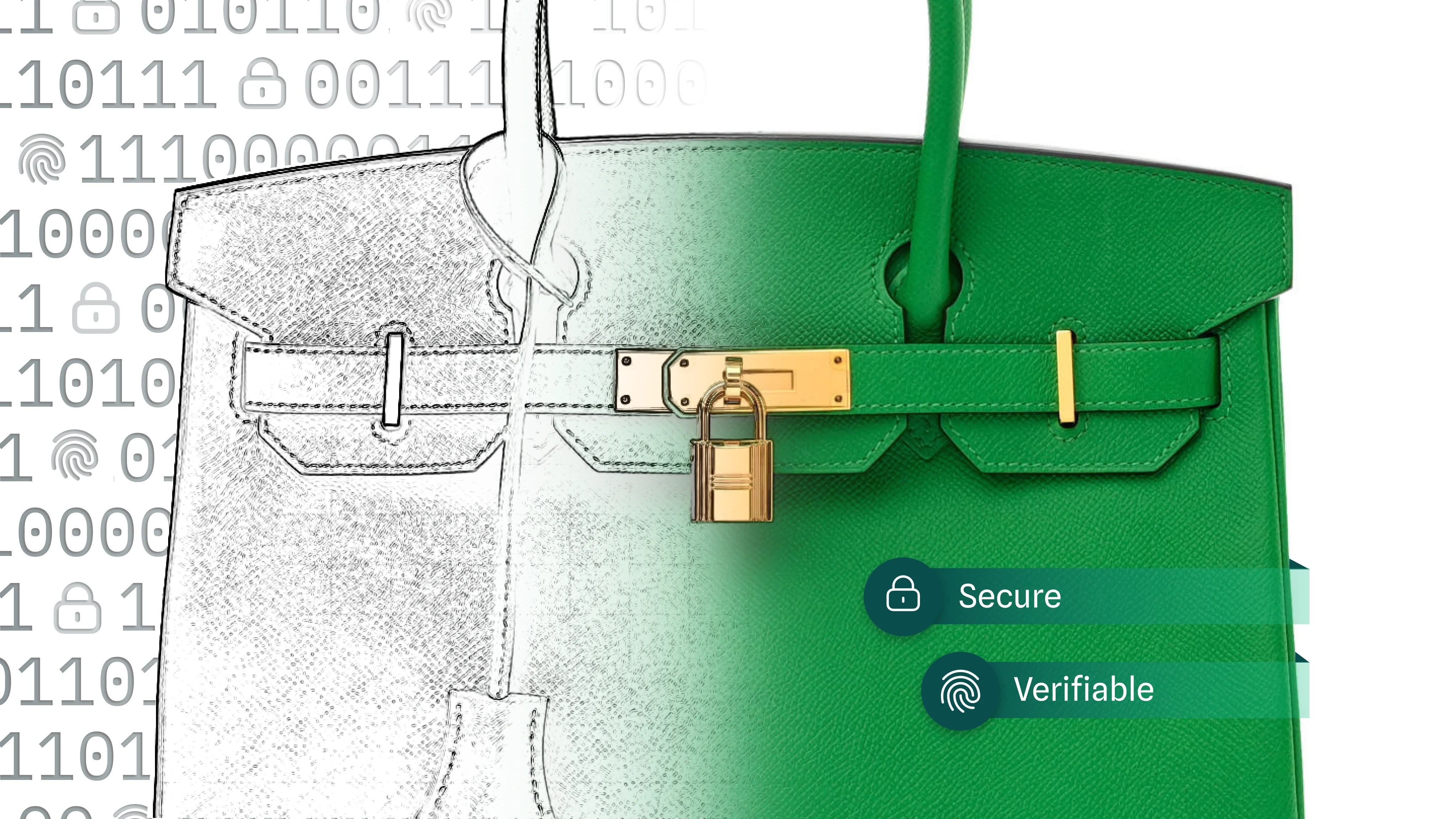Those applying traditional financial industry modes of interpretation around market sizes and incumbency are doomed to fail at predicting which blockchain technologies will get mass adoption. Let’s discuss why.
Marc Andressen famously coined the phrase, “software is eating the world.” Now software has turned its attention to the rails of the global financial infrastructure. The reasons are obvious, but there hasn’t been software to address those reasons. Markets should trade 24×7, with greater market depth, lower spreads, and much broader access. Everyone with a smartphone and internet should be able to participate in any market from anywhere.
Much focus has been almost exclusively on the money use case of cryptocurrencies and blockchains, to the detriment of ignoring how much larger the money-adjacent use case opportunities are. This does not mean that money is not critical to that market – it’s just that much of the ongoing debate is too focused on what is probably, by flow of funds, only about a quarter of the market.
To date, cryptocurrency and blockchains have successfully innovated in storing value, payments with stablecoins, and cross-border remittances both with and without stablecoins – especially in non-OECD countries.
The world of cryptocurrency and blockchains has been an odd mix of technologists and what I would argue are forward-looking finance folks.
The finance world struggles to understand and value cryptocurrency and the underlying technologies to this day. They bring tools and pattern matching from finance as it existed before 2020. Financial analysts are struggling to find the core metrics traditionally measured – like profit, EBITDA, revenue, and their more exotic but useful relatives.
So, when financial industry folks look at blockchains, they see speeds and feeds. What do you mean the existing deployed blockchains can only do 10-20 TPS? This new-fangled one does 50,000 TPS!
Vitalik Buterin, co-founder of Ethereum, coined the “blockchain trilemma.” It boils down to the thus far uncontradicted observation that a public blockchain can not be all three of scalable, decentralized, and secure. It’s great that your new innovative layer 1 supposedly public blockchain can do 10’s of thousands of TPS, but I can guarantee you that it is neither decentralized nor secure at that speed.
The reasons are pretty simple. If you want a decentralized database, you need a lot of copies and validators of that database. How many cable modems (or worse) worldwide do you want to push 50,000 TPS through? The question is the same for large files on the blockchain – does that PDF need to be duplicated on all 300,000 Chia farmer’s computers?
Software, especially open-source software, doesn’t generate fundamental value in the same way corporations ever did or do now.
Software, in this case, exhibits strong network effects. Some think this means that the entrenched standard cryptocurrencies are the entire story, and nothing will change. That ignores our recent history of watching better software eat inferior software at Yahoo, Altavista, MySpace, or countless others.
However, beyond cryptocurrencies and the money use case are markets in commodities, debt, and equities and their options and derivatives. These are a huge part of global financial activity and, combined, dwarf the money use cases.
Based on these strong network effects, the network with the most real-world financial assets available directly on-chain is likely to be the dominant financial services network. Each asset that joins the network will immediately receive access to many markets, market makers, and trading pairs; this is especially true as we progress towards more peer-to-peer decentralized exchanges and options chains. Enabling your asset on-chain knowing that you have a 24×7 interoperable market will allow any exchange (in shades from totally decentralized to fully centralized) to quote any pair against your asset. Additionally, your asset will instantly be tradeable over the counter, peer to peer using Offer files, and inherit an automated options chain – a robust set of incentives to choose one network over another.
Software picks up these network effects because it’s better than both the systems and the software before it. And that software has to meet the needs of the markets that it purports to revolutionize. The next-generation blockchain will have to be public, secure, sustainable, and programmable to be the rails of the future of finance, and inherently compliant to existing and evolving regulations.
Those characteristics have to be foundational, comprehensive, and proven. You cannot have a blockchain that uses the least power but is not secure. You cannot have one that is secure but also centralized. And being compliant is essential – yes, that means your coin can’t be an unregistered security in the United States, and that applies to both ICO and SAFT-funded coins.
A critical side note since we are talking about disruptive technology – this often leads to howls of “but the better technology doesn’t always win!” 1 The fascinating observation, in this case, is that people are almost always referring to Betamax versus VHS – whether they are aware of it or not. This example is highly illustrative in blockchains as it is a story about permissionlessness. Sony refused to license Betamax widely and was late to offer an entire movie or a football game. Thus, the “inferior” VHS was superior to Betamax in the breadth of its content offering because it was permissionless – just like the best layer 1 public blockchains.
Having started my career in cryptography 26 years ago, I’ve seen a whole lot of snake oil sold. Here at least, the purveyors of modern competing layer 1 blockchains are mostly well-intentioned – which could not be said of previous “roll your own pseudo-cryptographers” and, frankly, many earlier entrants in the cryptocurrency space. The crypto casino is in full swing, and finance folks are excited about momentum trading! However, the crypto casino use case is not the point.
The point is to have a secure, public, and decentralized database that will solve real-world problems. Markets should trade 24×7, with greater market depth, lower spreads, and much broader access. Everyone with a smartphone and internet should be able to participate.
If you don’t want a decentralized, secure database, you don’t really want a blockchain. You want a website with a database, this is much more scalable and faster than any secure distributed database in our current understanding of state of the art.
But then you’re back to trusting third parties and counterparties again – you’re back to the centralized version of Wall Street/London/Hong Kong we have today; in this system, you’re not sold the snake oil that the system is trustless like you are in the fast public supposed blockchains.
Those who shape the future of finance need to know the difference.
“Cypherpunks in Sportscoats” is a series penned personally by CEO Gene Hoffman. Through these writings, Gene shares his insights and the vision guiding Chia.
1 I challenged Bram and my Twitter followers to come up with examples of the best technology not winning over the last 40 years. I chose 40 as I think that the PC revolution and internet dropped some plateaus out of the equation. The only serious contenders are nuclear power generation and the success of x86 Intel architectures. On the former, my hope is that that is finally changing. On the latter I’d say that the jury remains out as ARM continues to expand its footprint.





